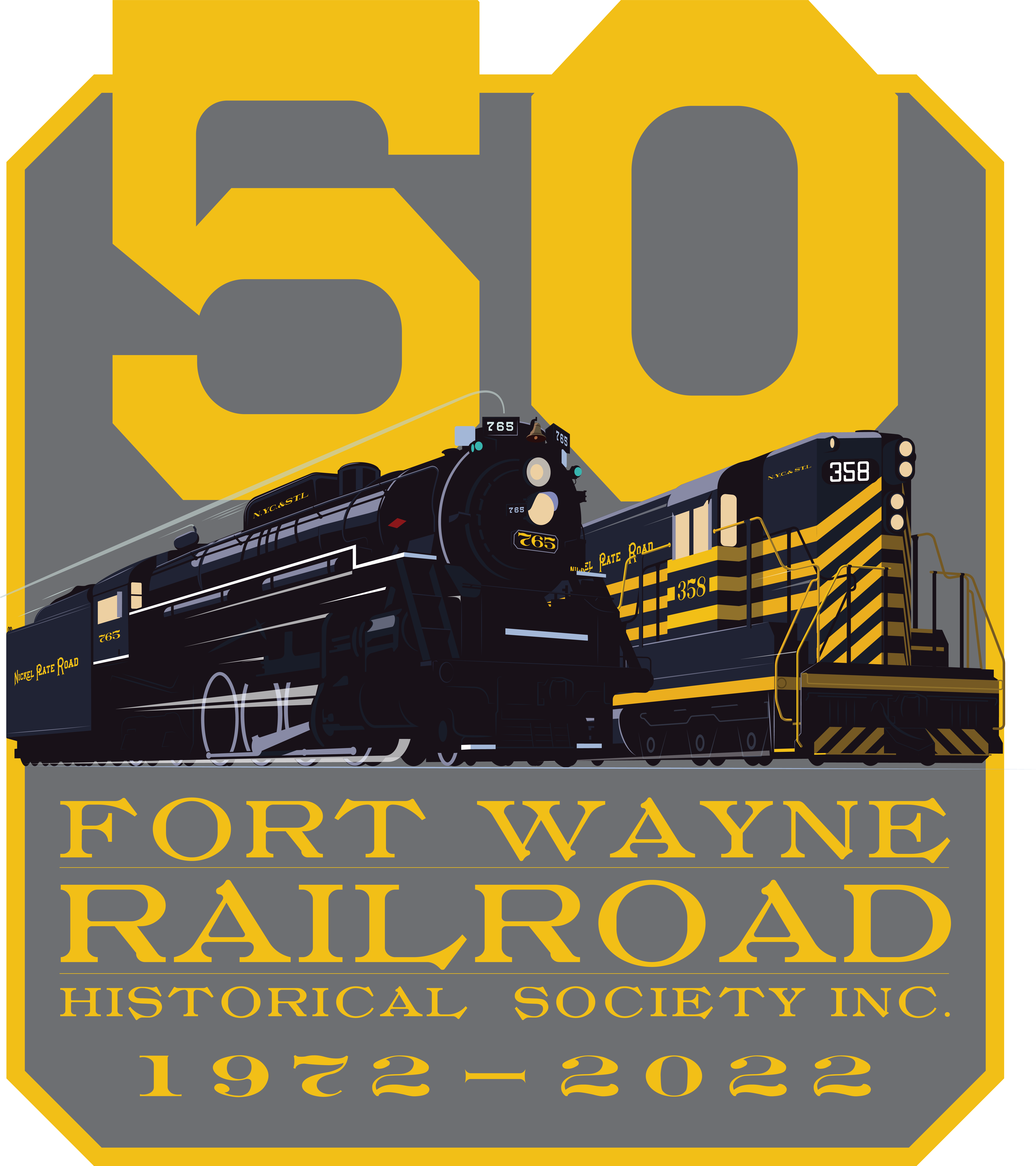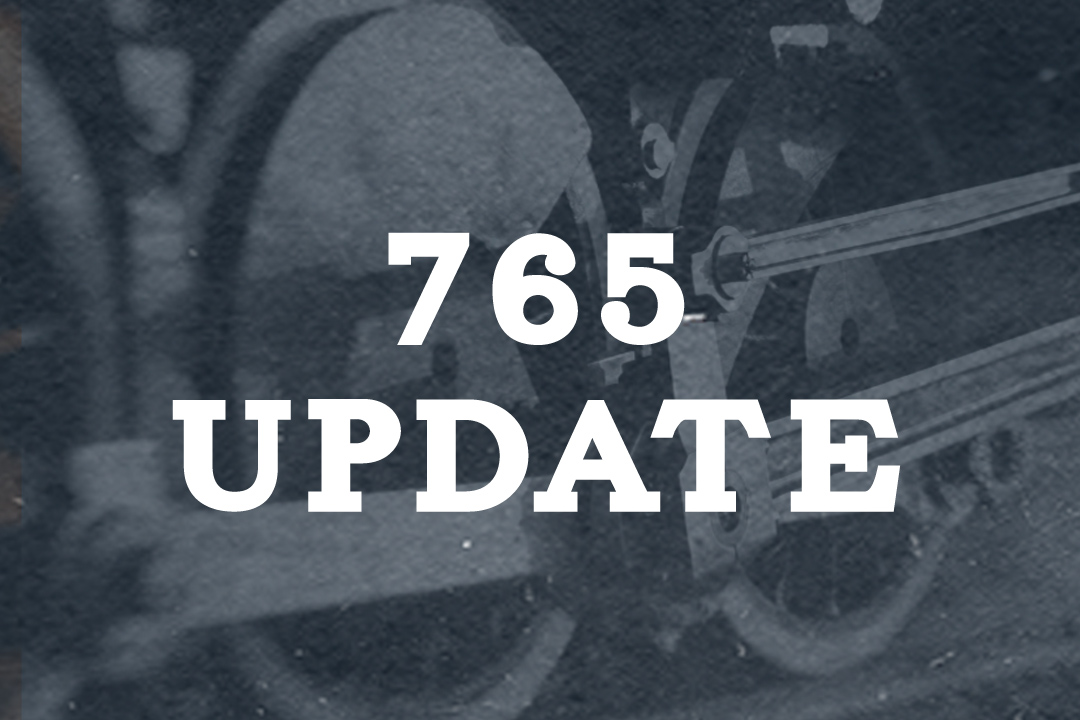Submitted by Steve Winicker
LAST WEEKENDS SHOP ACTIVITY
Spent some time gathering parts to fix the forklift and make arch brick. Much of the refractory has been mixed and made into bricks the remaining should be used by the weekend.
In other projects we removed the truss rod nuts on one side of the box car thanks to DJ and Matt. Several folks (Jim D., Jeremy, DJ, and Matt) also worked on cleaning cabooses.
UPCOMING ACTIVITIES
Currently the plan is to fix the leaks in the 765’s tender next weekend, probably Sunday. Cleaning around the shop is an ongoing project and we should be working on that project as well.
SAFETY SENSE
While working on the 765 and other railroad equipment we must loosen and tighten nuts, screws, bolts and the like as we are maintaining, repairing and making adjustments to the equipment. Sometimes there is a tendency to “put our all” into it as we tighten up those bolts.
There may be something satisfying about pulling a wrench as hard as you can until it won’t move another hair . . . however that is not doing the equipment any good. In fact, most of the torque (bolt tightness) specifications would really surprise you.
Besides the obvious problem of the bolt or stud being impossible to remove by the next guy, there are some more serious issues that may arise when a bolt is over tightened. Over tightened bolts undergo more stress than it was designed to handle. This not only applies to the nut, screw, or bolt, but also to the framework that is being bolted into. This extra stress can cause the bolt to stretch and a crack to develop in the root of the thread thus weakening the fastener and compromising the safety of the machine especially if the fastener fails during operation.
Not only fastener failure, but injuries can occur during the process of over tightening. You can pull a muscle and the opportunity for the wrench to slip off the nut increases dramatically causing a severe hand injury, loss of balance and a potential fall.
Nuts, bolts and screws need to be tight, but there is a difference between properly tight and back-breaking. Know the standard torque to which the fastener is to be tightened and whenever necessary use a torque wrench to properly tightener the fastener. This approach will protect the fastener from damage and the worker from doing potential harm to him or herself.
SAFETY IS JOB 1
SAFETY FIRST ALWAYS


